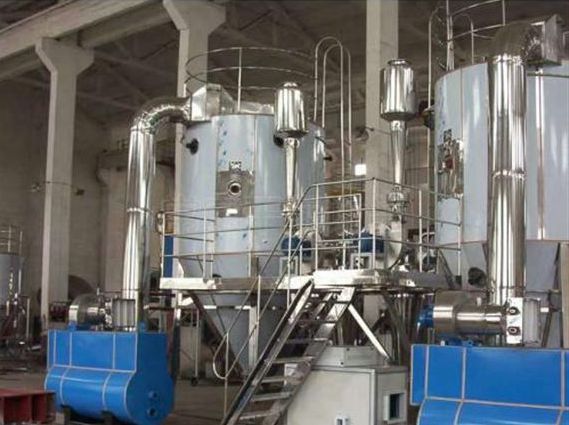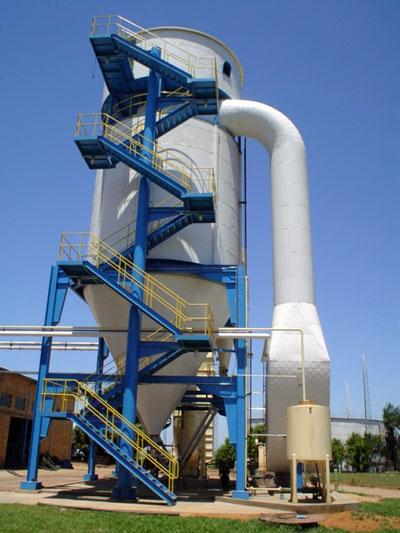Summary:
In the downstream dryer, the sprayer enters hot air and passes through the room in the same direction. The spray evaporates quickly, and the temperature of dry air is rapidly reduced by water evaporation. The product will not be thermally degraded, because once the water content reaches the target level, the temperature of the particles will not be greatly increased, because the surrounding air is now colder. Dairy products and other heat-sensitive food products are best in the downstream dryer…
1.In the downstream dryer
The sprayer enters hot air and passes through the room in the same direction. The spray evaporates quickly, and the temperature of dry air is rapidly reduced by water evaporation. The product will not be thermally degraded, because once the water content reaches the target level, the temperature of the particles will not be greatly increased, because the surrounding air is now colder. Dairy products and other heat-sensitive food products are best dried in downstream dryers.
2.Countercurrent dryer
The spray dryer is designed to introduce spray and air into both ends of the dryer, and enter the air as the nozzle is installed at the top and bottom. The countercurrent dryer provides faster evaporation and higher energy efficiency than the current design. Due to the contact between dry particles and hot air, this design is not suitable for thermal products. Countercurrent dryers usually use nozzles for atomization, which can move against the air. Soap and detergents are often used in countercurrent dryers.
3.Mixed-flow drying
This kind of dryer combines downcurrent and countercurrent. The air of the mixed-flow dryer enters the upper and lower nozzles. For example, in countercurrent design, the mixed-flow dryer makes the hot air of dry particles, so the design is not used for thermal products.
Post time: Jan-25-2024


